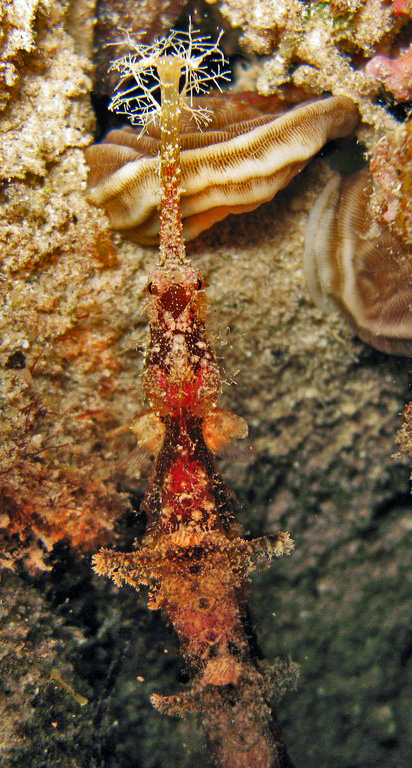|
Halicampus
''Halicampus'' is a genus of pipefishes of the family Syngnathidae, containing 12 described species. Etymology The name ''Halicampus'' is derived from Greek language, Greek. The first part of the name, ', is a word for sea or salt when used in combination with other words, deriving from , '. In this case, ''hali-'' has been combined with ', which is from the Greek word ', meaning a bend, turn, or curve. Species There are currently 12 recognized species in this genus: * ''Halicampus boothae'' (Gilbert Percy Whitley, Whitley, 1964) (Booth's pipefish) * ''Halicampus brocki'' (Earl Stannard Herald, Herald, 1953) (Brock's pipefish) * ''Halicampus dunckeri'' (Paul Chabanaud, Chabanaud, 1929) (Duncker's pipefish) * ''Halicampus edmondsoni'' (Viktor Pietschmann, Pietschmann, 1928) (Edmondson's pipefish) * ''Halicampus grayi'' Johann Jakob Kaup, Kaup, 1856 (Gray's pipefish) * ''Halicampus macrorhynchus'' Ruth Culshaw Bamber, Bamber, 1915 (Ornate pipefish) * ''Halicampus marquesensis'' Cha ... [...More Info...] [...Related Items...] OR: [Wikipedia] [Google] [Baidu] |
Halicampus Grayi
Gray's pipefish, also known as the mud pipefish or spiny pipefish (''Halicampus grayi'') is a species of marine fish of the family Syngnathidae. It is found in the Indo-Pacific in the Gulf of Aden, Sri Lanka, and from the Gulf of Thailand to Japan, the Marshall Islands, and the Great Barrier Reef. It lives to depth of , and planktonic juveniles have been found above depths of . It occurs in muddy habitats, in estuaries, and on coral reefs, where it likely feeds on small crustaceans. It can grow to lengths of . This species is ovoviviparous, with males carrying eggs in a brood pouch before giving birth to live young. Etymology The fish's patronym was not identified but it was certainly in honor of British zoologist John Edward Gray (1800-1875), who got Kaup's monograph on syngnathid fishes published under the auspices of the British Museum. Description ''H. grayi'' is brownish with dark bars along the side of its body, and pale bars on the gill membrane. This colouring provides ex ... [...More Info...] [...Related Items...] OR: [Wikipedia] [Google] [Baidu] |
